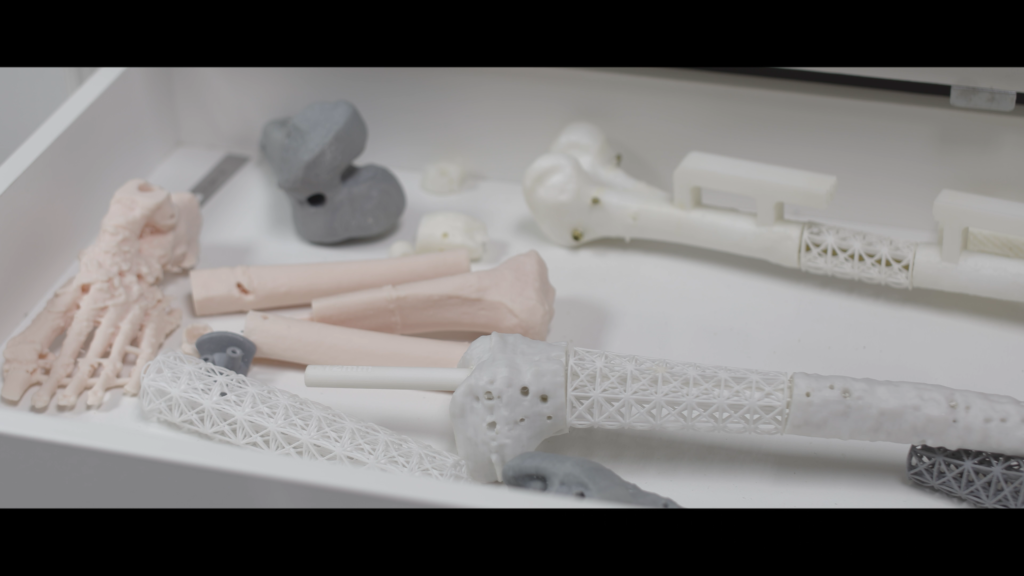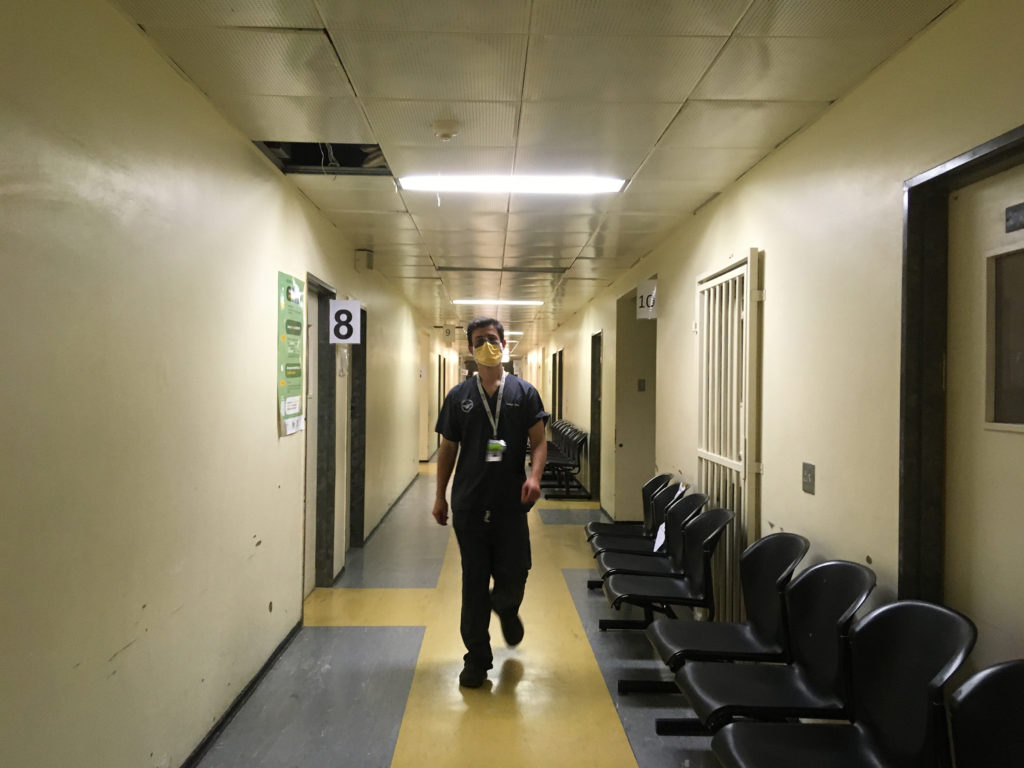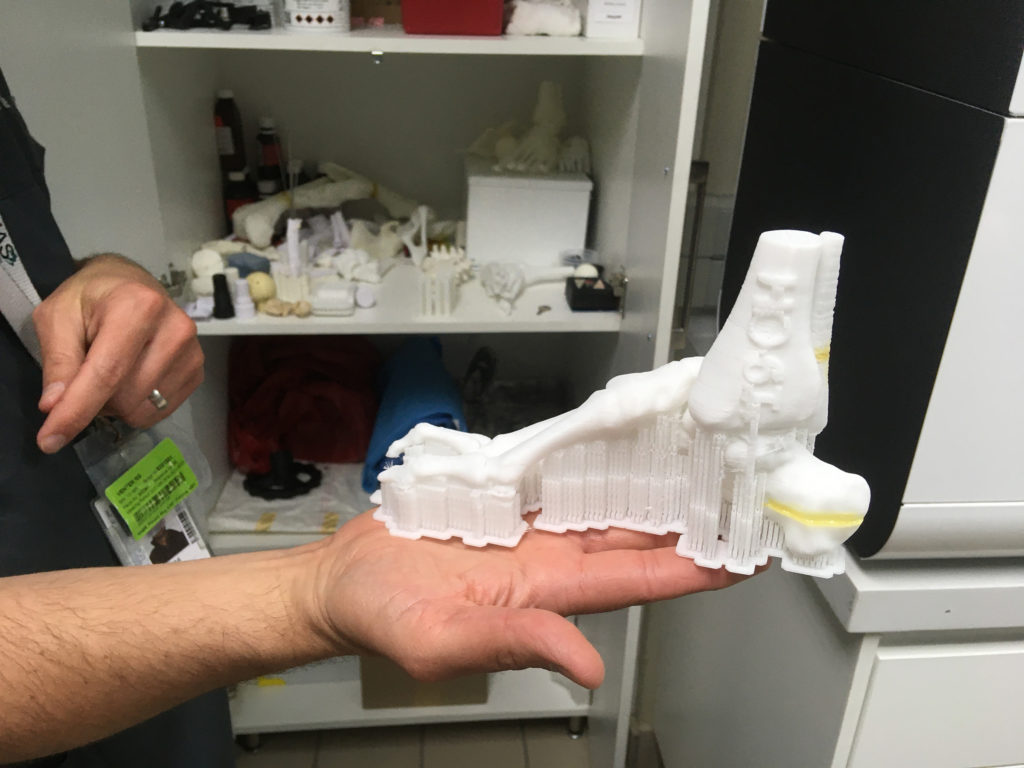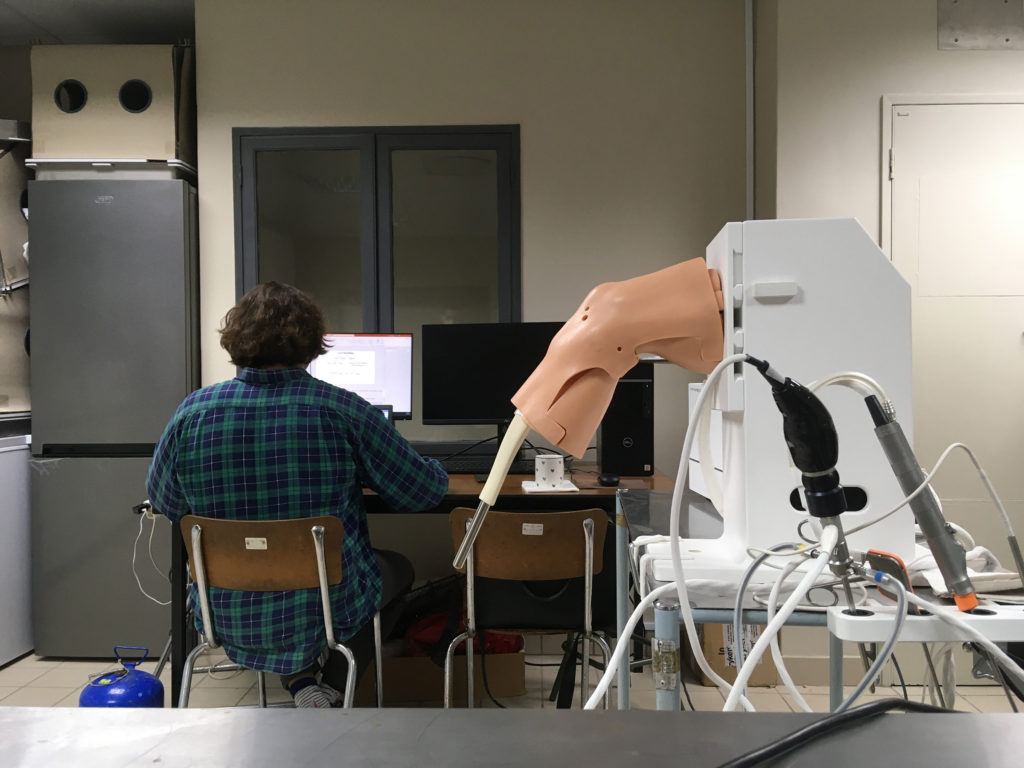Research

Bone Flute is an art-research project, in collaboration with Rudolph Venter, an orthopaedic surgeon in a public hospital in Cape Town, South Africa, and Alessandro Gigli, a classically-trained flautist. My partner Dara Kell, a filmmaker, made a short film of the process to make the flute.
I undertook this work as a research fellow in a humanities research institute at the University of Cape Town. HUMA, the Institute for Humanities in Africa, was in 2022 in the process of reinventing itself as a Pan-African research institute under new leadership, after having fallen dormant since its establishment some ten years previously. I was amongst the first cohort of new recruits, joining a research project funded by the Carnegie Corporation of New York called ‘Future Hospitals – 4IR and Ethics of Care’, which asks how new technologies (particularly those of the ‘4th Industrial Revolution’) are changing the work of healthcare professionals in Africa. The “fusion between the human body, new technologies and the experience of being human”, it proposes, requires critical attention (HUMA, 2024).
My proposal to HUMA was to devise creative and collaborative ways of working with hospital workers to elicit their ideas about the future of healthcare. Soon after I joined the institute, I posted a call on my Instagram account asking for leads to collaborators. An art school colleague introduced me to their friend Rudolph Venter, an orthopaedic surgeon and lecturer in the Faculty of Medicine at Stellenbosch University, who was making low-cost 3D-printed replicas of his patient’s bones in his laboratory at Tygerberg Hospital in Cape Town, to use in rehearsals of complex surgical operations. I already worked as an artist with computer-controlled fabrication technologies, including 3D-printing, and anticipated the potential for collaboration this introduction might offer.

My first conversations with Rudolph were informed by some of the reading I’d been doing at the start of my fellowship. One of my key texts in learning more about the impact of emerging technologies on work is Nicholas Carr’s book The Glass Cage (2015). Carr’s concern is not just with the replacement of human workers by machines, but with the impact on our experience of work when even some functions are taken over by machines. In The Glass Cage he explores automation, as a particular type of technological process that takes over functions that might previously have been executed by a person, focusing particularly on computer-controlled automation.
Carr’s entry point is in the field of aviation – the ‘glass cage’ of the title is a play on the glass box that contains the pilot in an aeroplane, surrounded by instrumentation and feedback displays. In early aeroplanes, the pilot had direct control of their flying machine. Through systems of wires and rods, they could receive direct feedback from distant parts of the aeroplane, and they could control the movement of the plane directly too, using their bodies. When sensor devices and actuators were developed that intervened in this direct feedback and control, pilots lost part of their felt relationship to their machines. The onward trajectory for aeroplanes was increasing automation, leading to the role of today’s airline pilot, who is largely a custodian of a mostly computer-controlled machine.
One of the results of this process is the deskilling of the human operator of technology, who ends up alienated from their work, and Carr goes through other examples in which people’s skills are diminished by having tasks taken over by machines: from architectural software which tends towards uniformity in building design, to the ubiquitous map applications on our mobile devices, which tend to reduce our way-finding abilities with potentially wide-ranging impacts on our cognitive abilities. One of our desired ‘experiences of being human’, to incorporate the Future Hospitals rubric, is to experience satisfaction in work, including enjoying states of ‘flow’ whether in work or in other experiences (such as playing a musical instrument, running, or rock-climbing). One of Carr’s concerns with computer-controlled technologies is that by automating aspects of our experience, they diminish the potential for achieving flow.
Working with his surgical team, Rudolph would practise surgical operations several times on 3D-prints of patients’ bones, so that they would have already solved potential problems that might come up in the surgery itself. This assisted surgeons with their work, and produced better outcomes for patients, especially those with atypical anatomy or complex cases. Rudolph hadn’t invented this technique, but was focused on making it more affordable and so accessible to patients in public hospitals in South Africa. In describing his work, Rudolph foregrounded ’embodiment’ as one of the benefits of this approach. Surgeons develop skills in and with their bodies that do not reside just in the mind: their ability to manipulate tools and assess material, with trained hands, eyes, ears as well as cognition. These skills are built through experiences that utilise the whole multisensory person of the surgeon – and so surgical simulations should aim to reproduce, or stimulate, as many of these sensory cues as possible.

Simulations are useful for allowing the surgeon to work out approaches to the operation without risk to the human patient, but the more ‘haptic’ (felt) cues that a simulation contains, the better for engaging these accumulated, embodied skills. This distinguishes a screen-based reference for preoperative planning from approaches using physical models, which allow the surgical team to work together using the instruments they are accustomed to, on the physical copy of this specific patient’s anatomy. From my recent reading, I recognised in Rudolph’s description of the surgeon’s totally absorption during operations the state of flow which Carr described, and his approaches using 3D-prints as a way of employing computer-aided technology in ways that did not deskill the user – they retained the hand skills of the surgeon rather than replacing them. My reflection of this to Rudoph resonated with how he understood his work.

Rudolph had been introduced to me as a doctor interested in the work of artists. In what our mutual friend who introduced us described as “a lovely balance of technology”, Rudolph and his students took haptic drawing classes with an artist I knew in which they explored the shapes and textures of bones through charcoal drawings. Our first conversations were wide-ranging, from sharing work experiences, to discussing the social impacts of technology, and talking about art, music and fiction. When I spoke about technology choice as a theme in my work, for example – I’ve long been interested in the emancipatory possibilities of selective engagement with technology – Rudolph recommended that I reread the science-fiction novel Dune (1965) for its theme of technology choice. I did just that, encountering the book’s depiction of a multiplanetary society which has a prohibition on ‘thinking machines’, rejecting computers entirely – something I’d missed in my first reading of the book as a teenager.
I didn’t in our first conversations know precisely how I would work with Rudolph on my research project – just that so far he represented an entre to the hospital, and a first-hand informant about the use of emerging technologies in healthcare. I hoped that we could work on something creative together, where I could bring my skills as an artist into relationship with his as a surgeon working with technology. But I knew that there was something to our relationship. I enjoyed the multiple levels at which we were able to connect, and I appreciated his warmth and openness to discussing ideas. He appeared to me, from my experience of interdisciplinary collaboration, as one of those valuable figures found across disciplines who is interested in reaching out to people from other fields: and he spoke about collaboration across disciplines as one of his practices, saying “chatting opens doors”.
I related too to his identification with human-centred applications of emerging technologies, as this resonated with my own background and ongoing practice as an artist critically engaged with the application of new technologies for creative purposes; with art as a medium for collaboration and research; and an interest in the body as material for art. Within a few months of meeting Rudolph, I had revived a past idea for an artwork which involved scanning and reproducing my femur, and determined that we could realise it using his processes: I would have my leg scanned in the hospital, and printed under his supervision. This seemed like a useful confluence of objectives, in representing a concrete project we could work on together that would require me to spend time in his workplaces, and find out more about his ways of working, while making an artwork that could direct the attention of wider audiences to his work and that of my research project.